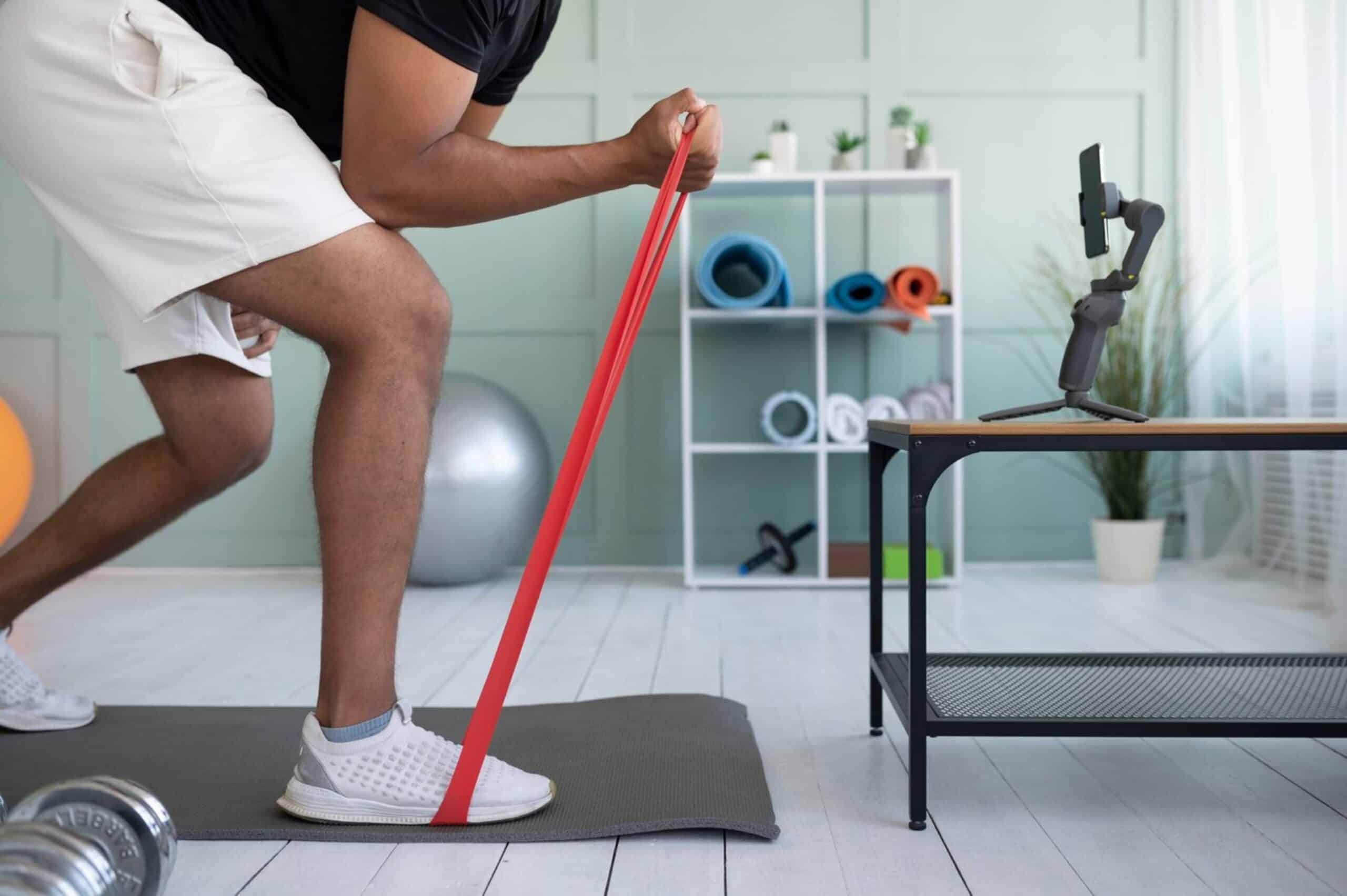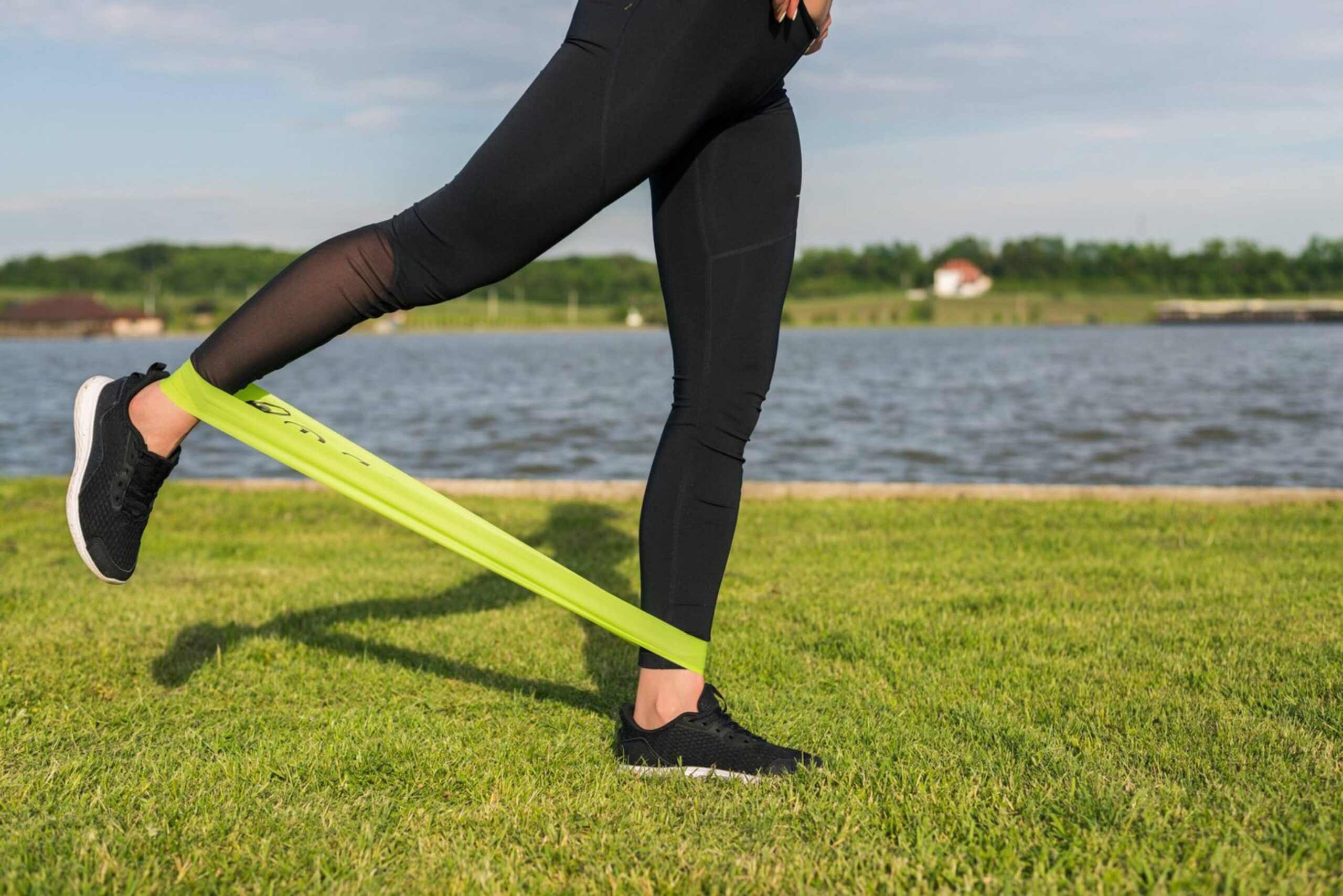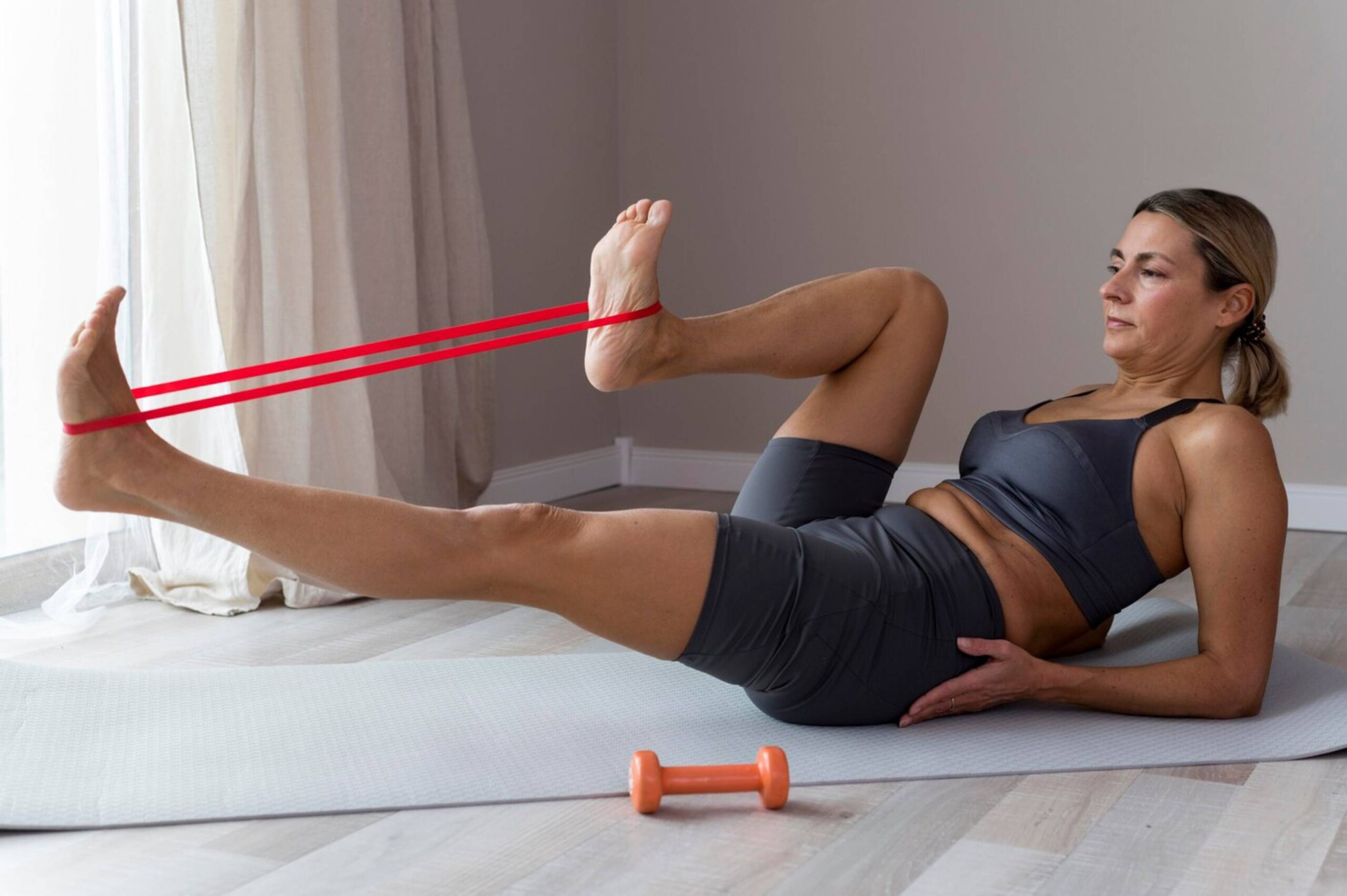
Using Resistance Bands for Mobility Training: Unlocking Flexibility and Strength
Everyone now uses resistance bands to improve mobility and flexibility. These devices are now common in gyms, whether professional or home, throughout the UK. Whether you’re a pro athlete or a beginner, resistance bands can enhance your mobility training. They improve your performance and support your health.
Why Resistance Bands Matter for Mobility Training
Mobility is often the most ignored part of physical fitness. People focus more on strength and endurance. However, it is crucial for a healthy, functioning body. One great way to increase mobility is with resistance bands, sometimes called “flexibility tools.” They provide a specific kind of resistance. You can adjust them to fit any fitness level, making it accessible for everyone.
The Benefits of Mobility with Bands

Resistance bands offer several advantages over traditional weights and machines. Firstly, they are portable and lightweight. You can exercise anywhere, whether at home, in the park, or on holiday. This convenience ensures that your mobility training is not restricted by location.
You can generate variable resistance using resistance bands. That means the tension increases as you pull the band. The feature emulates the natural strength curve of the muscles. It also makes workouts more efficient. And the bands work stabilising muscles as well, improving balance and coordination.
Finally, using resistance bands in your exercise routine can help you prevent injuries. Improving flexibility and motion can lower the chances of strains and sprains. This should come in handy for athletes who tax their bodies intensely.
Key Benefits of Resistance Bands for Mobility
Resistance bands are great for mobility training. They have unique features that help improve flexibility and strength. By using them in specific ways, you can boost your workouts effectively.
Enhancing Flexibility and Range of Motion
Resistance bands can greatly improve flexibility and motion. This is a key benefit of using them. Incorporate dynamic stretches and resistance band exercises. They assist in focusing on particular muscles and joints. They help with better flexibility.
To boost your shoulder mobility exercises, use bands. They can greatly reduce tightness. They also help improve your range of motion when lifting overhead. Band-assisted stretches for the hips and legs can enhance lower body flexibility. They make moving around simple and practical.
Supporting Injury Prevention and Rehabilitation
Resistance bands are multifunctional tools to be used for injury prevention and rehabilitation. Their soft yet firm defiance sets boundaries. This helps to minimize the risk of strain or overexertion. They are especially suitable for patients recovering from injuries or surgeries.
Resistance band exercises are helpful for curing knee injuries. They give nearby muscles a workout, and they don’t place a lot of strain on the joint. They can also improve your posture and correct muscle imbalances. This reduces the risk of future injury.
Versatility and Accessibility
The versatility of resistance bands is one of their outstanding features. They are versatile and can be used for many exercises. These exercises target different muscles and movement patterns. You can use resistance bands for upper body workouts, lower body exercises, and full-body routines. You can easily customise them as you require.
Moreover, resistance bands are accessible to individuals of all fitness levels. They have different resistance levels. Beginners can start with lighter bands. Then they can move to heavier ones as they get stronger and more mobile.
Expert Tips for Effective Mobility Training with Resistance Bands
To get the most from resistance bands in mobility training, follow expert tips and best practices. Here are some valuable insights to help you get started:
Start with a Warm-Up

Warm up your muscles and joints before using resistance bands. A good warm-up boosts blood flow, raises your body temperature, and gets you ready for your workout. Consider incorporating dynamic stretches and light cardio exercises to get your body ready.
Focus on Proper Form
Maintaining proper form is essential when using resistance bands. Move smoothly and carefully. Avoid quick or jerky motions. This maximises the effectiveness of the exercises and reduces the risk of injury.
When doing band pull-aparts for shoulder mobility, relax your shoulders. Don’t shrug them up to your ears. Engage your core and maintain a neutral spine throughout the movement.
Gradually Increase Resistance
As you adapt to resistance band moves, gradually increase the resistance. This ensures that your muscles keep getting challenged. This gradual increase is necessary for developing strength and improving mobility.
That said, finding a balance between challenge and safety is essential. Choose a balanced band weight. If it’s too heavy, your form can suffer, leading to injuries. Be aware of your body and move at a speed that feels right for you.
Incorporate Variety
Vary your workout with different exercises. This avoids boredom and allows a full range of mobility training. Varying movements that target different muscle groups will provide a more well-rounded workout.
Use band-assisted squats for your lower body. Do lateral band walks to strengthen your core. Try seated rows for your upper body. Try different exercises and variations to keep your workouts interesting and effective.
Common Mistakes to Avoid in Resistance Band Training
Resistance bands are highly effective tools for mobility training. People should know common mistakes for safe and productive workouts.
Overstretching the Bands
One of the most common mistakes people make is overstretching the resistance bands. This can lead to the bands snapping or losing their elasticity over time. Choose the right band length and resistance level for each exercise to avoid this.
Also, don’t wrap the bands around sharp or rough surfaces. This can cause damage. Instead, use smooth and stable anchors to secure the bands during exercises.
Neglecting Core Engagement
Engage those core muscles and make use of a strong and stable core when using resistance bands. Failing to engage your core can cause poor posture and make the exercises less effective.
Make sure your core is tight when completing band-resisted squats. Draw your navel to your spine and stabilise your torso. This boosts movement efficiency and eases excessive strain on your lower back.
Rushing Through Exercises
Rushing resistance band exercises is a big mistake. Remember to focus more on form and technique. Each movement should be performed deliberately and slowly, maintaining control—quality over quantity.
Slow down during band pull-aparts. Feel the stretch and contraction in your shoulders. Do not use momentum or swing the bands (it kills the effect of the exercise).
Advanced Insights and Expert Recommendations
To boost your mobility training with resistance bands, try adding advanced techniques and expert tips to your routine.
Incorporate Isometric Holds
Isometric holds refer to holding a particular position for a set duration. This forces your muscles to hold tension without movement. Performing isometric holds in your resistance band workouts increases muscle endurance and stability.
Pause at the bottom of a band-resisted squat. You can hold this for a couple of seconds, then go back to the start. This makes it even more challenging and intense exercise.
Combine Bands with Other Tools
Using foam rollers or stability balls with resistance bands can boost your mobility training. This approach makes the workouts more dynamic and exciting! It focuses on different elements of mobility and flexibility.
You can use a foam roller to relieve some muscle tightness. It also enhances tissue quality prior to band-assisted stretching. This combination can help enhance your mobility routine and help you get better results.
Conclusion: Embrace the Power of Resistance Bands

They can also be used for mobility training. They assist in improving flexibility, strength, and overall performance. With these versatile tools, you can achieve greater mobility and a better quality of life.
The workouts expect you to warm up properly first. Focus on your form while lifting. Also, make sure to add resistance gradually. Learn what to avoid and more advanced techniques to experiment with to take it to the next level!
Resistance bands are great for everyone, from beginners to pros. They can help you improve mobility and reach your fitness goals. Embrace resistance bands! They can transform your home training routine.
Have you tried incorporating resistance bands into your mobility training? Share your experiences and tips in the comments below!
